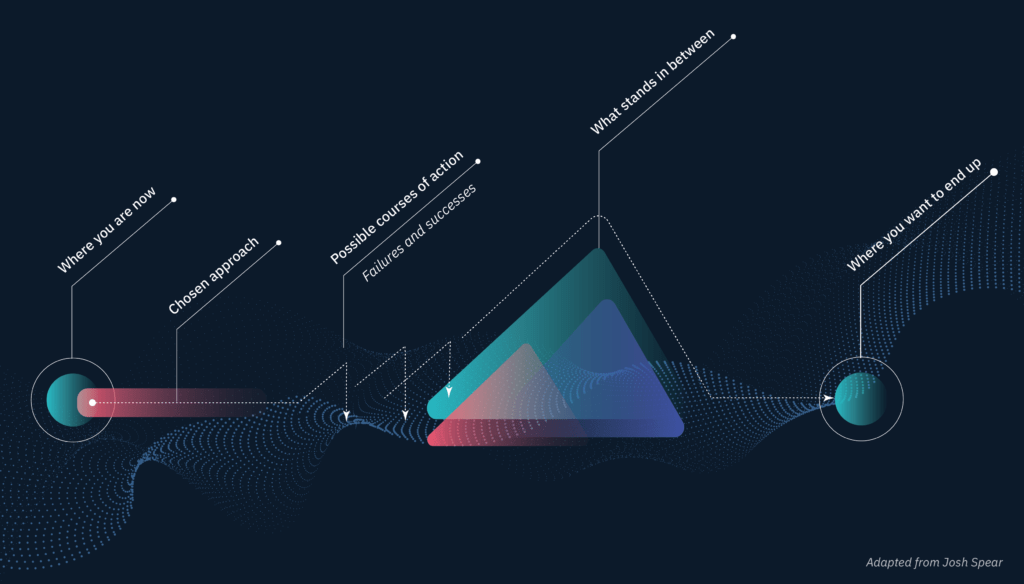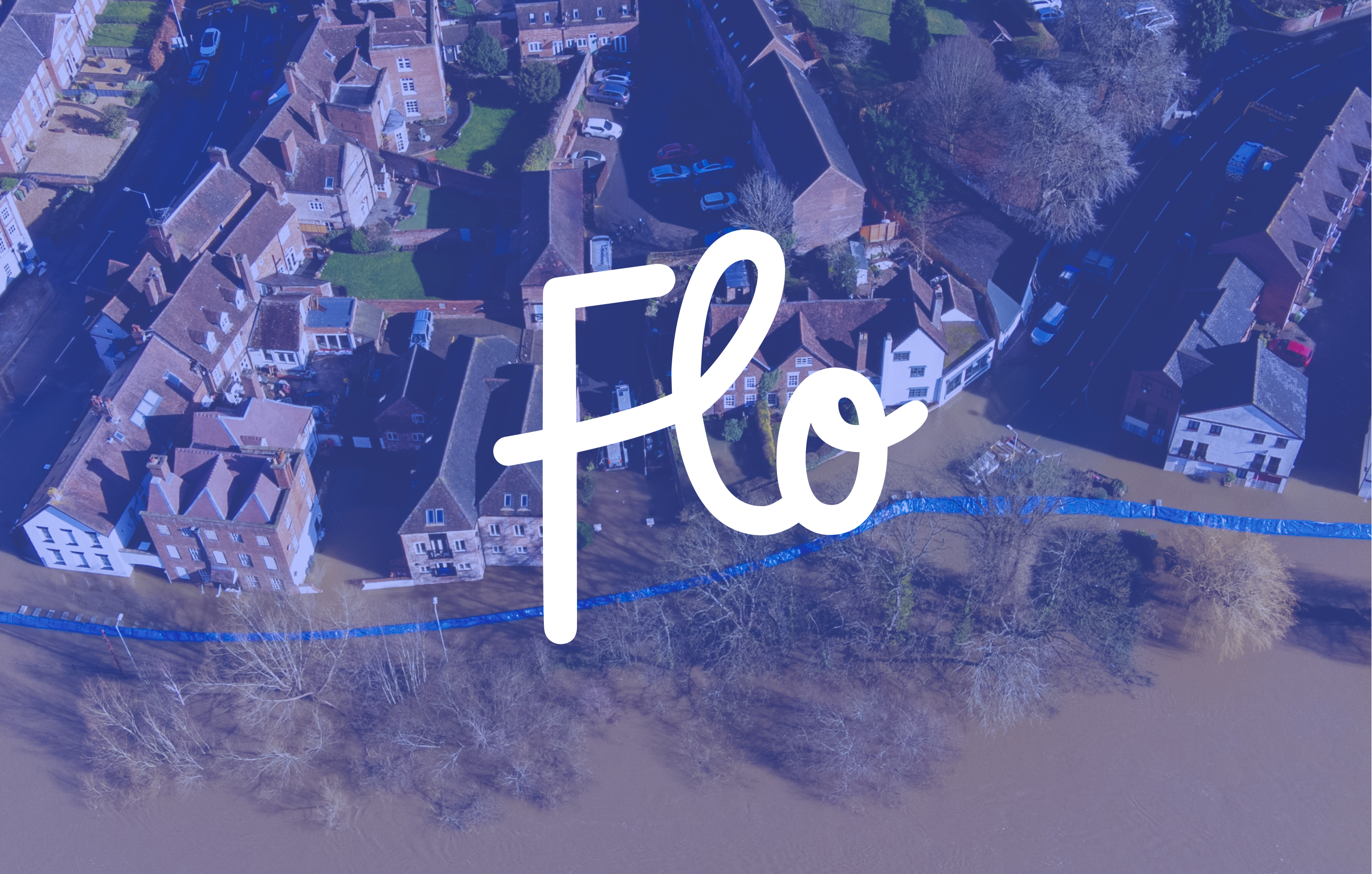
Strategy is a design problem
Strategy is what we might call a wicked problem. It always comes back, it never gets easier, and progress is difficult to track.
When viewed as a design problem however, new possibilities emerge.
We believe that every challenge is an opportunity for good design. This is true for challenges in service delivery and also in business.
Design is increasingly on the agenda for the board and senior management teams of private and public sector organisations as an alternative to the reactivity and assumptions that permeate business decisions.
In recent years, leading lights from the world of strategy have been integrating Design Thinking into their work as a means of making strategy more progressive, creative and ultimately more effective.
Popularised by design consultancy IDEO during the 1990s and later Stanford’s d.school, Design Thinking emerged from attempts to make design more scientific. The methodology provides a set of principles, tools, and techniques to guide the problem-solving process. It continues to gain traction and adoption because it works.
Design Thinking offers a legitimate process in a world of guesswork dressed up as certainty. Nowhere is that phenomenon more pronounced than in strategy.
Roger L Martin, one of this century’s thought leaders in business, has described the process of strategy generation as “a creative act”. Martin’s ‘Playing to Win’ framework, first published in the book of the same name in 2013, has evolved to integrate several aspects of Design Thinking. The process espoused by Martin counters some of the most common missteps in developing business strategy.
Most importantly, strategy requires more than simply goal-setting; it requires making strategic choices. Anyone can proclaim they intend their business to grow. But what is the other option? Any company can claim that its strategy is to be ‘customer-focused’. Again, what is the alternative? These are not choices.
John Maeda, VP of Artificial Intelligence and Design at Microsoft, commented: “…if strategy is the ability to choose the best path, then design is the conceptual tool to generate the paths from which to choose.”

Any design process at its core is a series of deliberate decisions shaped by constraints and opportunities present in the environment. In that sense design shares many traits with strategy, where strategic choices select possible paths that address a well-understood challenge.
Like other problem-solving models, Design Thinking demands clarity of the problem before inviting possible solutions. Learning comes from small experiments – which can fail – the outputs from which feed into new thinking and improvement.
This approach also works for strategy, albeit the concept of ‘failure’ as a positive contribution will not sit comfortably with many business leaders. Amy C. Edmondson, Novartis Professor of Leadership and Management at the Harvard Business School, writes: “Failing well…requires us to become vigorously humble and curious – a state that does not come naturally to adults. Far too often…we literally fail to see disconfirming evidence.”
Leaving Design Thinking aside for a moment and taking a framework-agnostic view, we believe the following:
Strategy is a hypothesis: nothing is certain. Even the most heavily informed strategy is a hypothesis about the future and what is more likely to work.
Strategy must be actionable: goals without an actionable plan are simply statements.
Strategy should be testable and measurable: strategy can and should adapt based on learning. Understanding outcomes – what the future looks like, and what signals will indicate early success – all feature in strategy definition.
Strategy should be co-created: as a “creative act”, diverse input is essential. It is important to achieve alignment, not consensus. Consensus requires a nod. Alignment requires commitment. An aligned team will move faster and with greater precision than one without it.
More than anything, a design approach to strategy de-risks the solution.
Effective strategy design then means 1) understanding the problem, 2) uncovering what the most effective options are, and 3) choosing specific options over others and focusing resources in support of those choices.
The outcome of a credible strategic process is that the organisation can confidently stand over decisions made. And while they may not be perfect, they are evidence based and can be rolled back or adapted based on learning. People across the business or organisation will understand what their contributions to strategic goals will be.
The clarity delivered by co-creating a solution, and the alignment it achieves, is a breath of fresh air to those who are weary of the yearly grind that is strategy-setting. This approach usually requires change agents to be active at high levels in an organisation; people with the vision to know that there is a better way to get things done. People who understand (to paraphrase Alan Kay’s well-worn adage) that the best way to predict the future is to design it.
If you or your organisation are struggling with either developing an effective strategy or enacting it through a strategic plan, we would love to help.
FAQs about Design Thinking and Strategy
1. How does Design Thinking differ from traditional strategy development?
Design Thinking offers structured problem-solving, reducing the uncertainty of traditional strategies.
2. What is the significance of integrating Design Thinking into strategy?
To enhance innovation, creativity, and effectiveness in strategy development.
3. How can Design Thinking benefit strategic planning in organisations?
A design approach helps with making strategic choices between available options, which provides better focus for available resources
4. What are the key components of an effective strategic process?
Co-creation, alignment, actionable plans, testability and measurability all contribute to better strategy.
5. What are the benefits of engaging with a design-driven approach to strategy?
A design-driven approach de-risks solutions, fosters alignment, and encourages evidence-based decisions.
What support does Big Motive offer those struggling with strategy development and implementation?
We provide a comprehensive range of services, from workshop facilitation to consultancy, to help organisations unlock fresh, innovative approaches to their strategic challenges.


